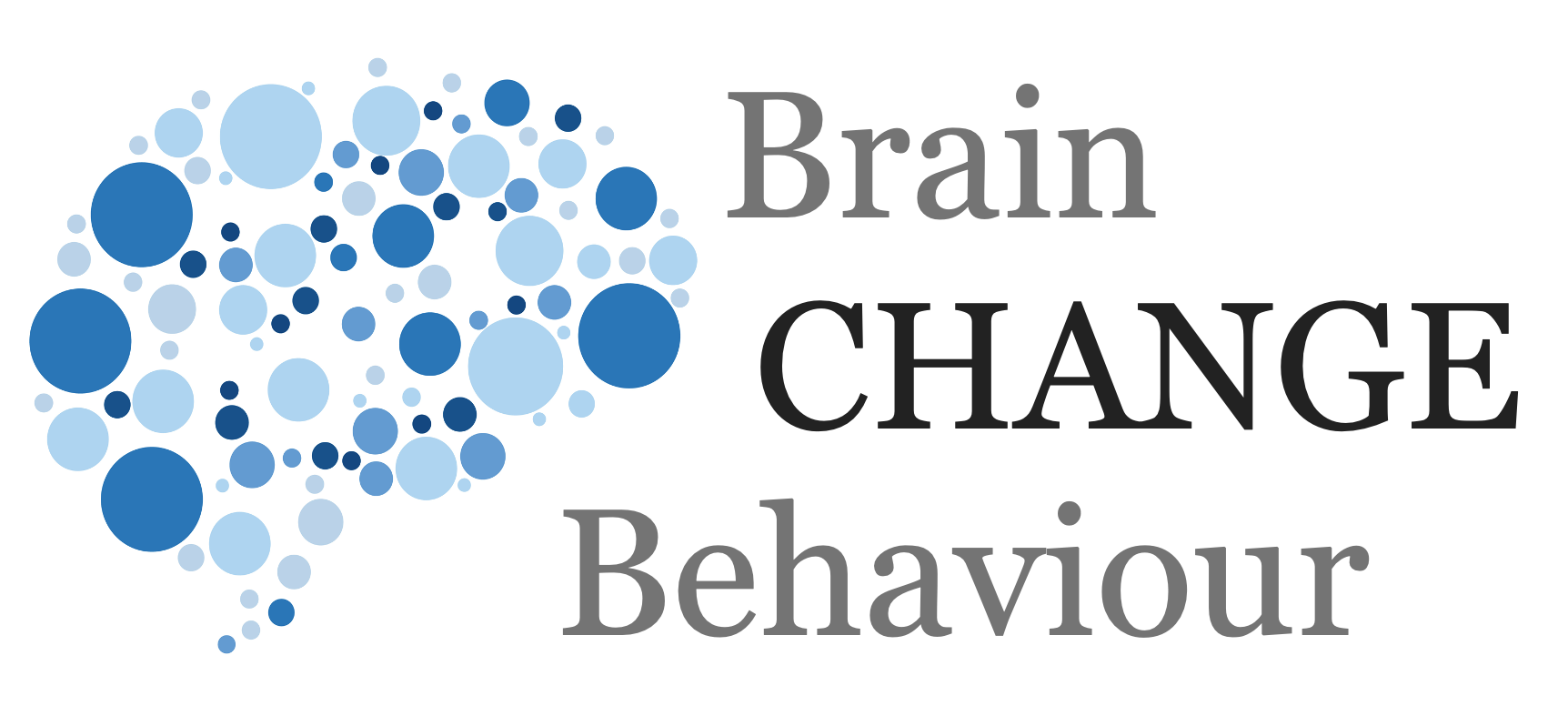,
When we get a good idea, we may know it is a good thing. And because we know it is a good thing we may then falsely assume – without really thinking this through – that everybody thinks this is a good thing.
Scaling ideas and getting people to use your product, do your thing, is dependent on how many people are attracted to this thing or idea. And as we know human beings are diverse people in diverse environments (that is the representativeness of the situation problem).
This could vary along many dimensions: Personality, age, race, personal interests, previous experiences. They may even be things you haven’t even thought about. John A. List talks about being part of a team designing a preschool curriculum to help underprivileged kids get up to speed and increase their opportunities. Parental support was a key to this programme. What they noticed was that this programme worked well with Hispanic families better than for white or black ones. Sounds a bit strange – were Hispanic parents more caring or involved than white or black parents? No. But Hispanic families were more likely to live in multigenerational households and therefore the grandparents could also give the additional support.
This, however, means that scaling this programme would not work very well with some parts of the population.
In business this means that you need to know who you are trying to change, or scale an idea, or behaviour to, and also to whom it works or doesn’t. In business what is noticeable, in comparison to many governments, is that when setting about a new process or idea or change programme there is very little data collected on the who. This should, and could, for example, include personality traits, and multiple other factors.
In marketing this is a common practice, creating profiles of ideal or potential customers, but this is far less common in internal change initiatives.
Simple Takeaways
-
- Understand who will likely change / or not
- Collect data on multiple levels such as personality, age, culture
- Rather than trying to change a large diverse population aim to change/target specific groups (and move from group to group)
© leading brains 2022
Reference
More Articles
Limits to Scalability – Voltage Drops
Voltage Drop is a useful term and analogy to the problems of scaling ideas or change in any environment. Voltage drop refers to how electrical current can decrease across distance it travels.
The Equilibrium Effect
Things in life tend towards certain balances. This is particularly true in large systems and this is why change can happen in small contexts and be very effective or successful but in large systems different rules apply.
The supply side of scaling
There are a number of problems with the supply side – being able to supply the resources and competencies to drive change.
Unintended consequences and negative spillovers
We all know that any change – well, obviously, changes something. But this also means there will be various knock-on effects
Representativeness of the Situation
“You had to be there” is an expression that says you had to be in a particular situation, in that particular vibe, to fully understand a situation.
False Positives – The inference problem
A false positive has become better-known to the general public during the pandemic and with COVID-19 testing particularly with home based quick tests.






